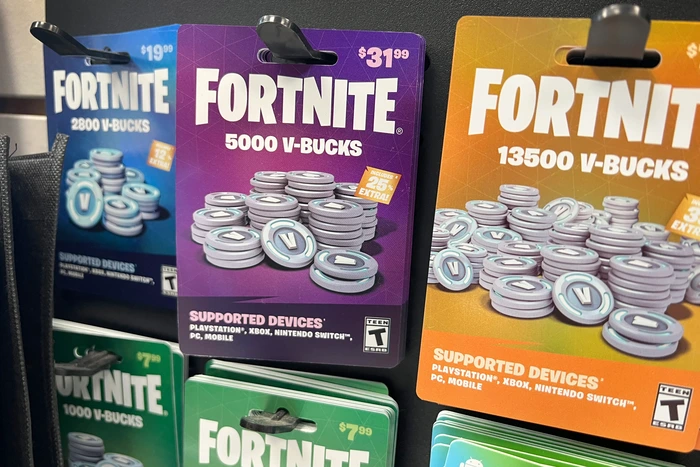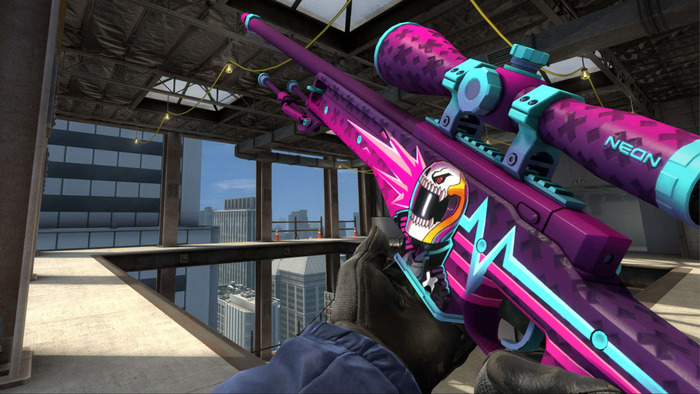Fortnite Refund FTC Lawsuit – Money To Your Account
Here’s how to claim your money in the Fortnite refund FTC lawsuit straight to your account. Get part of the $520 million fine back.
The Federal Trade Commission declared that they had recently settled claims against Epic Games, the creator of Fortnite, concerning privacy and their payment systems that deceived players into making inadvertent payments.
The Commission announced that Epic Games would pay $520 million to settle the case, including $245 million in customer repayment. According to FTC Chair Lina Khan, Epic utilized privacy-compromising default settings along with misleading interfaces that misled Fortnite players, including children and teens.

According to the FTC, parents are eligible if their children made unapproved credit card purchases in the Epic Games Store between January 2017 and November 2018.
Furthermore, anyone who paid actual money for V-Bucks (Fortnite’s in-game currency) for unwanted in-game items between January 2017 and September 2022 can get a refund.
According to the FTC, players who had their accounts locked between January 2017 and September 2022 after contesting unknown charges are also eligible for refunds.
 The FTC has not yet set up a program to refund customers who paid for in-game purchases, but they will post updates on their webpage and contact those customers directly once they have done so.
The FTC has not yet set up a program to refund customers who paid for in-game purchases, but they will post updates on their webpage and contact those customers directly once they have done so.
The agency has asserted that Epic Games gathered personal data from users who were minors without permission from their parents and enabled specific voice and text features by default which brought potential harm to them.
Epic was also accused of engineering “dark patterns” to mislead players into making purchases and running up unwanted bills.
Additionally, Epic reported that multiple changes have been made in recent years “to guarantee our environment meets the requirements of the players and authorities – this we trust will be a precious source of information for other entities in our sector.”
James Doty, a Federal Trade Commission attorney, reported that millions of Fortnite gamers had been mistakenly charged for something they didn’t want after lightly pressing or swiping a button.
He mentions that “gamers are essentially pressing buttons rapidly. Some of these buttons show buyers’ items while others buy them. So, if a buyer were previewing an item but mistakenly clicked on a close button, they would abruptly be charged for the item with no choice to return it.”
Out of the $520 million settlement that Epic Games was to pay, $245 million will go towards refunding consumers unwillingly charged by Fortnite, according to the FTC.
Are you looking to get money back from the Fortnite refund FTC lawsuit?

According to the FTC, there are three types of customers who can qualify for refunds:
- Parents with children who made an unapproved credit card purchase in the Epic Games Store between January 2017 and November 2018.
- Between January 2017 and September 2022, Fortnite players were charged with in-game currency (V-Bucks) for unnecessary game items (skins, llamas, or battle passes).
- Players of Fortnite whose accounts were locked between 2017-2022 after they disputed unauthorized payments to their credit cards.
According to Doty, the FTC set up a website ftc.gov/fortnite dedicated to ensuring that “injured consumers” get their money back as quickly and efficiently as possible. People can get more information through this website and sign up for email updates.
Despite this, Doty says that figuring out how consumers will prove defrauded is still ongoing. “Due to us owning a user base of 400 million players, it’s a bit tricky,” he explains.
To address this, Epic Games recently implemented features related to payments and refunds. They have switched from having payment info saved automatically to giving customers an option to choose whether or not they want it saved.
Fortnite has put a “hold-to-purchase mechanic” in place for all in-game purchases instead of confusing buttons to prevent unwanted charges.
The company’s official statement expressed its intent to “be at the forefront of consumer protection and provide the best experience for our players” as their motivation for signing this agreement.
According to Stephen Balkam, founder and CEO of the Family Online Safety Institute, the repercussions of this agreement will be felt across the gaming industry as the Fortnite refund FTC lawsuit unfolds. Keep up to date following the case here.






